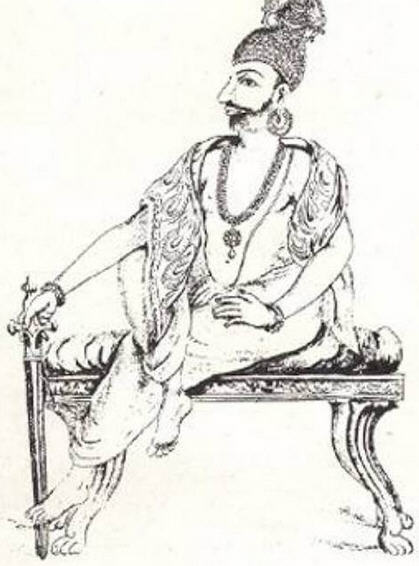
King Marthanda Varma dedicated his kingdom to the deity, and pledged that he and his descendants would serve the kingdom as Padmanabha Dasa, meaning “servants of the Lord Padmanabha”. He came before the Deity along with family and ministers and put his crown at the lotus feet of Lord Ananta Padmanabha. King then made official legal document saying that the deed for the entire state of Travancore is the property of Sri Ananta Padmanabha as long as the sun and moon last. And my family are simply the trustee servants of Sri Ananta Padmanabha. With this, Sri Padmanabha became the nominal head of the state of Travancore, assuming the title Perumal, the Emperor. And because he put that in the legal document even the British had to honour that Lord Vishnu is the king. It stood on court on many occasions but was indisputable. The British government saluted the Lord Sri Padmanabhaswamy with a 21-gun salute, a military tradition of colonial days, which was continued by the Indian Army as a mark of honor and respect to Lord Sri Padmanabhaswamy until the abolition of the privy purses by government of India with Mrs. Indira Gandhi as the Prime Minister. In the past there were many great kings who were highly spiritually advanced and were leading the kingdom to enlightenment. One such dynasty was the Chera dynasty. The kings would get the title of Padmanabha Das. The royal insignia of the Lord, Valampiri Shankhu or dextral conch-shell, served as the state emblem of Travancore and even continued so for some time after the re-organization of the states. Sri Padmanabha is still regarded as regional deity of Travancore.